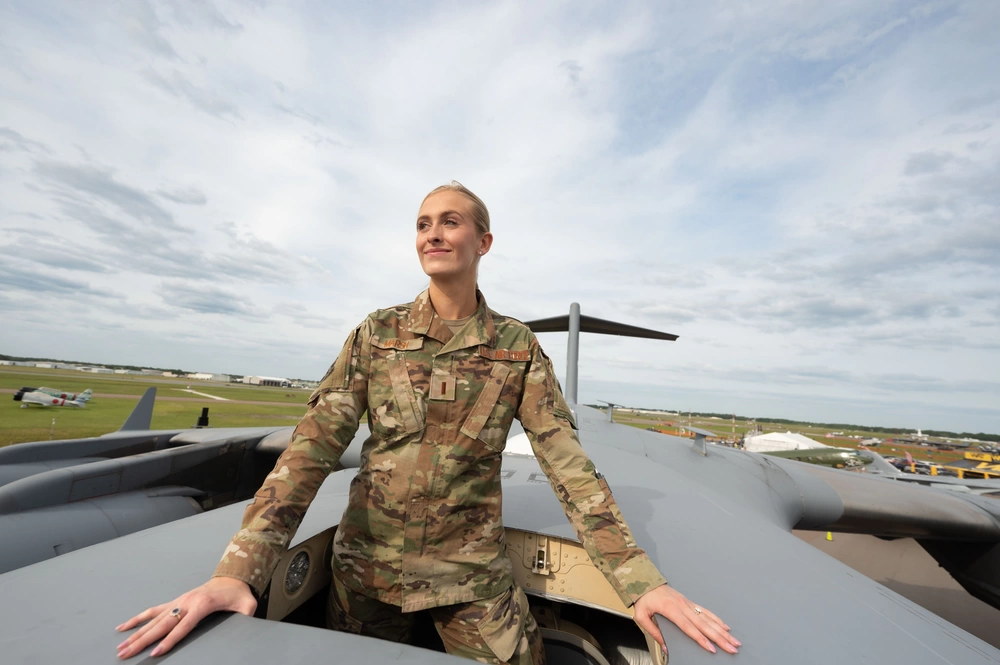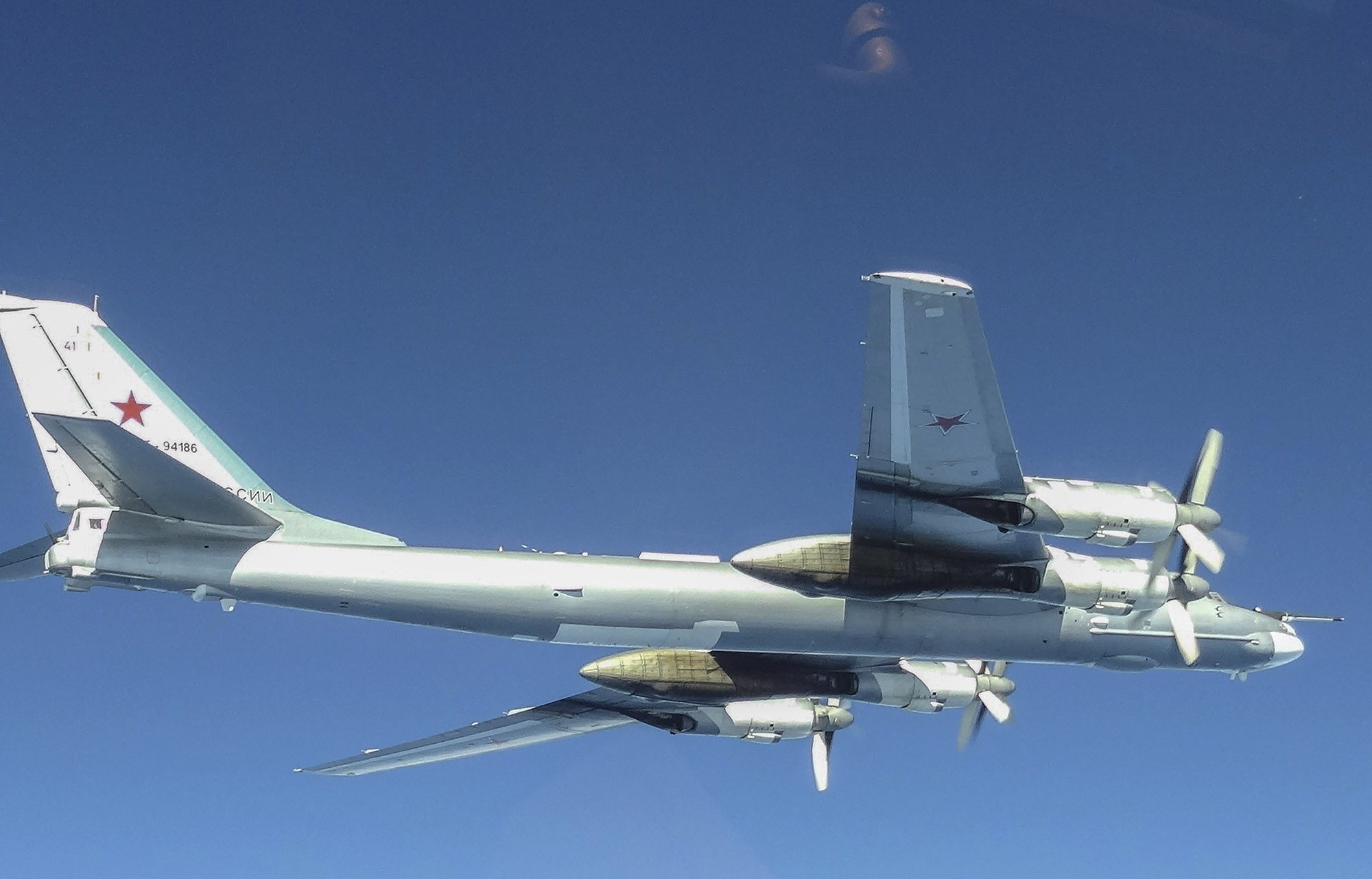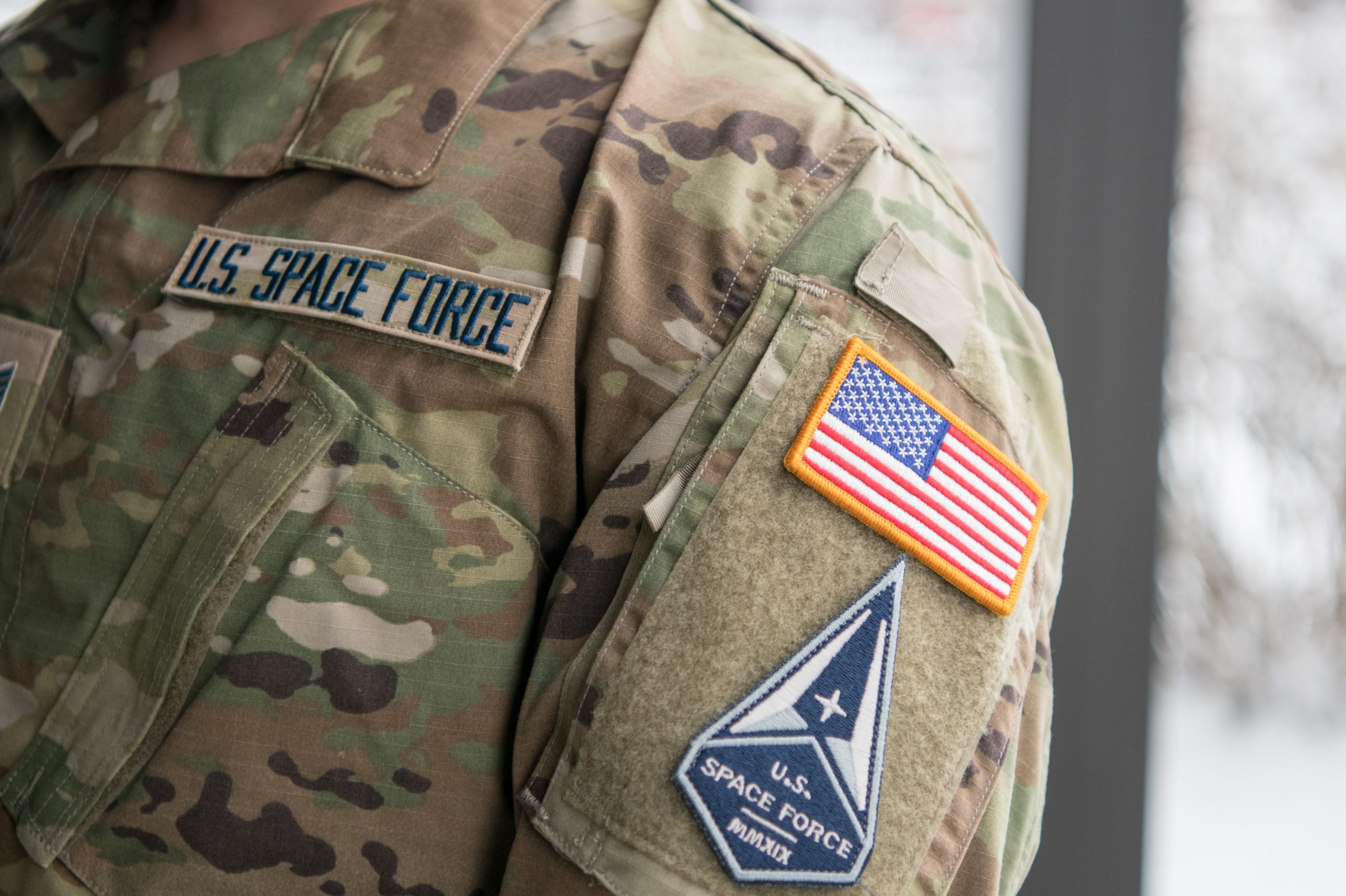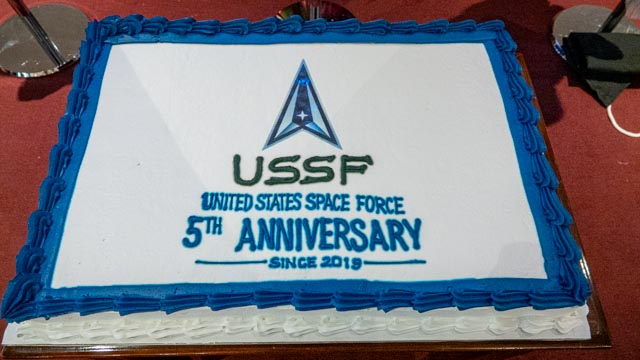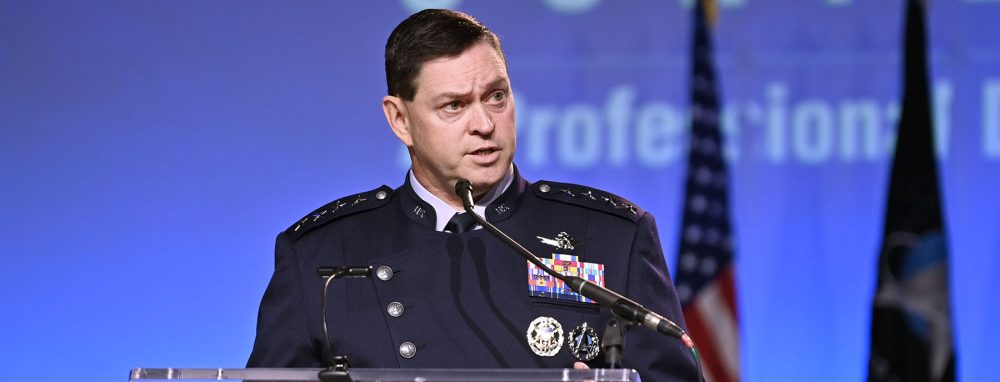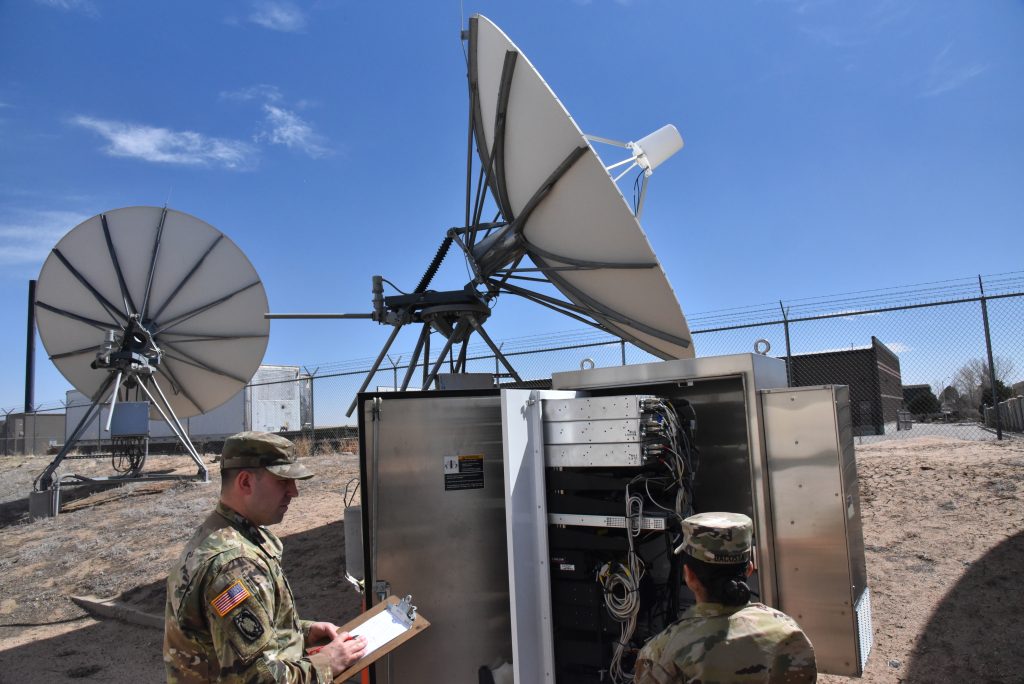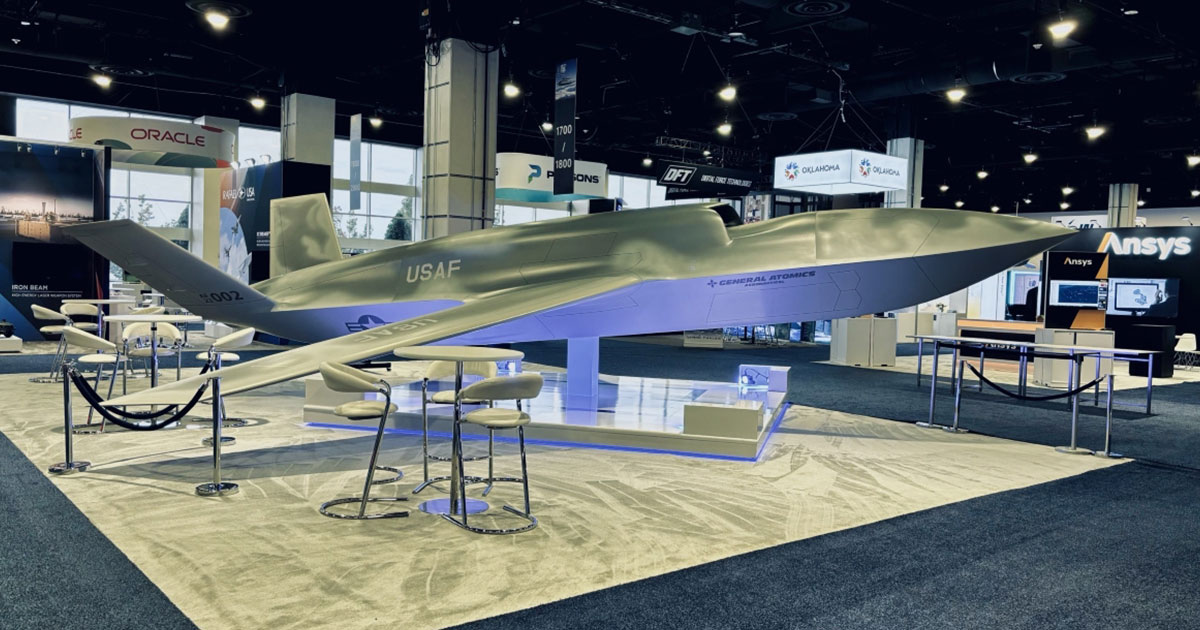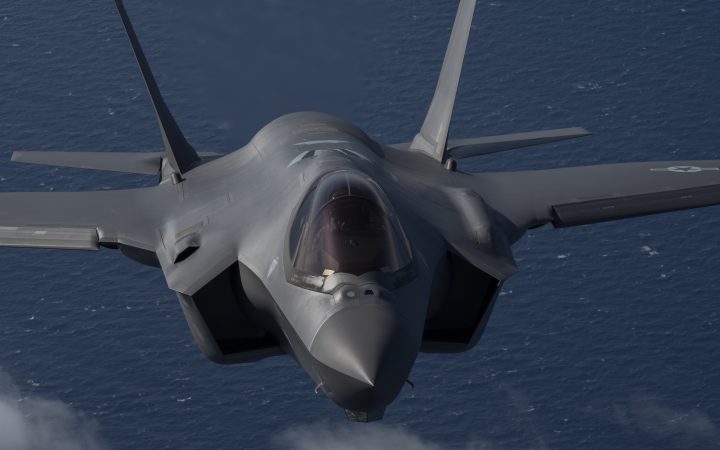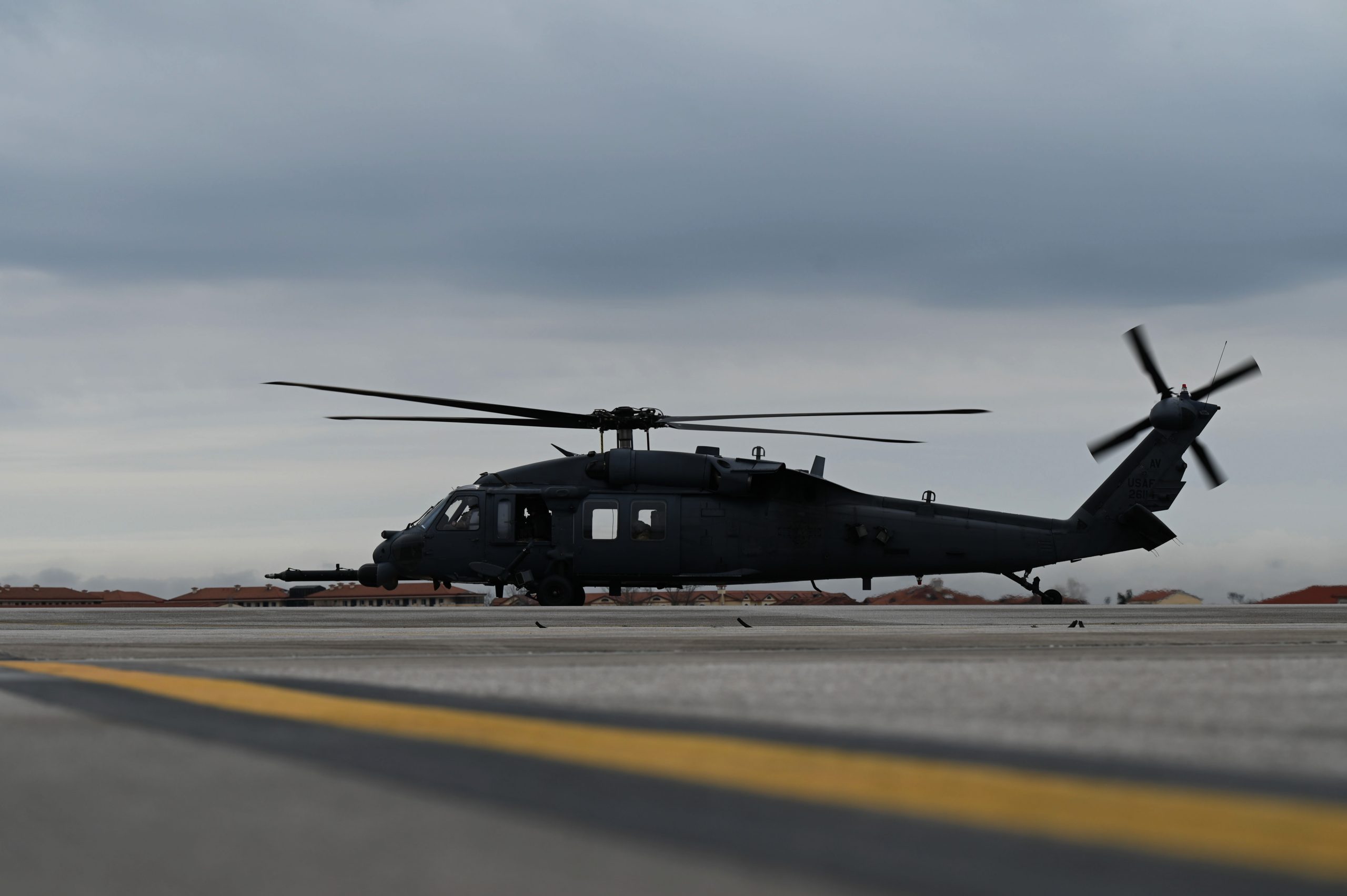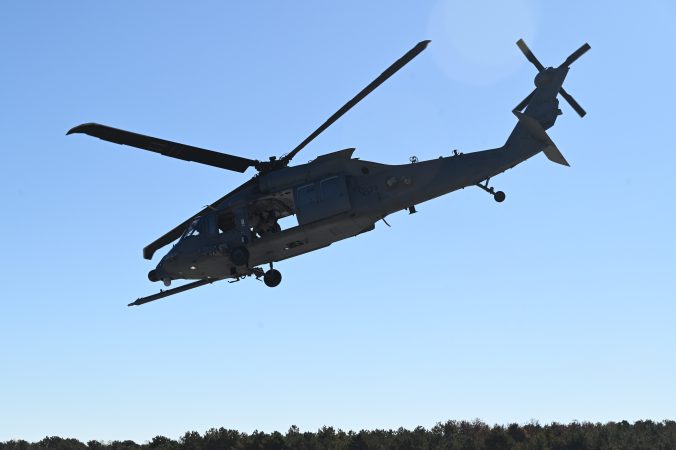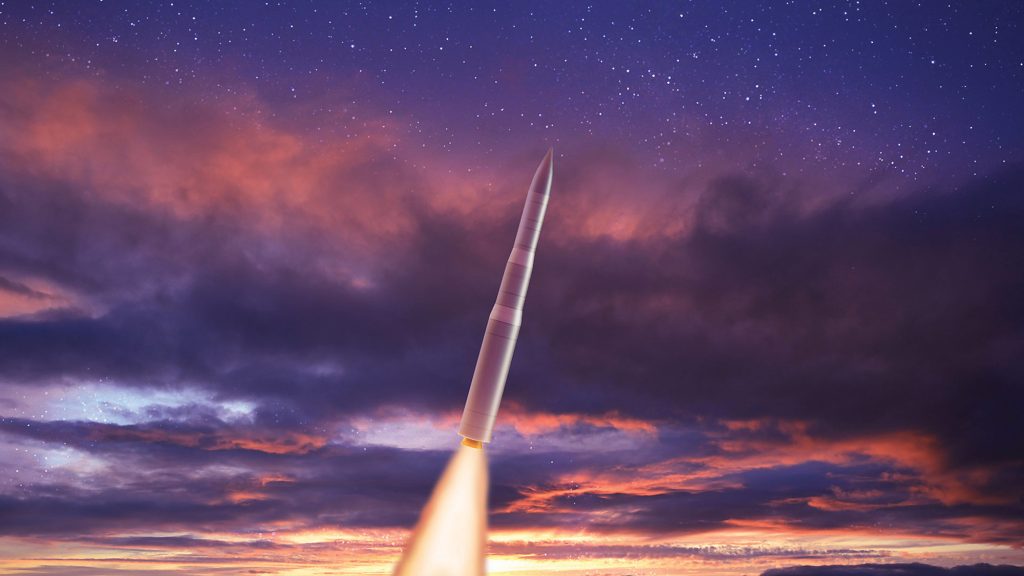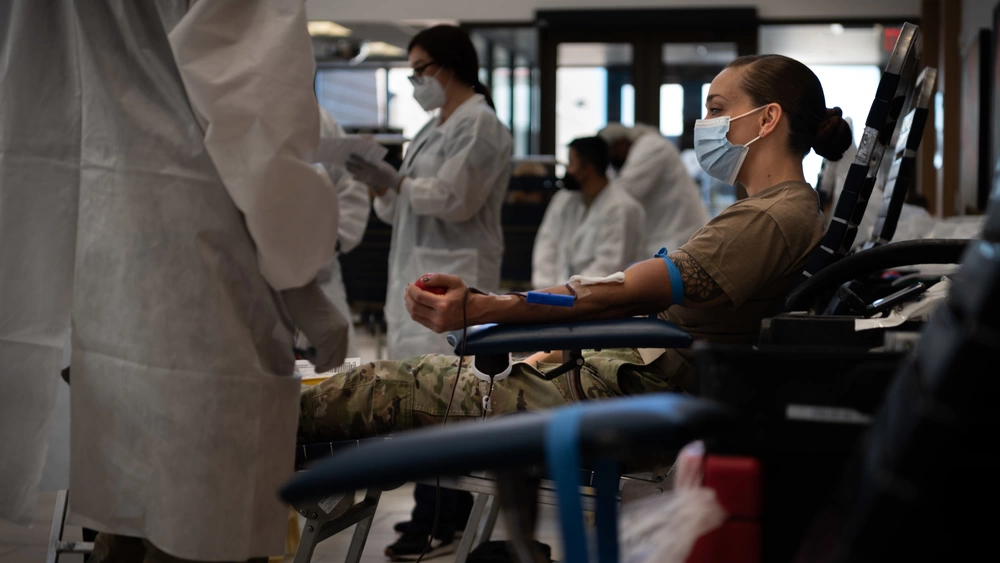Most second lieutenants don’t work with the highest levels of the Air Force and meet thousands of people in a yearlong coast-to-coast speaking tour. But then again, most second lieutenants are not Miss America.
When 2nd Lt. Madison Marsh became the first ever Active-Duty service member crowned Miss America on Jan. 14, top Air Force officials recognized an opportunity to reach women and girls who otherwise might not consider military service as an option.
“The Air Force hasn’t seen anything like this before, but also, on the flip side, Miss America hasn’t seen anything like this before,” Marsh told Air & Space Forces Magazine. “This was a collective opportunity on behalf of the Air Force to reach new audiences that we might not necessarily have been able to reach before.”
The need is real: in a 2023 youth poll, just 27 percent of female respondents said they felt confident they could complete boot camp, 29 percent said they could leave family and friends for an extended period of time, and 8 percent say they could fight in a war, compared to 50, 42, and 28 percent of their male peers. Propensity to serve is also consistently lower among women than men.
“Therefore, women who are qualified and capable of military service may not believe they could serve in the military or would be successful,” wrote one group of researchers in 2023.
Marsh sought to offer a different narrative: femininity and military service are not mutually exclusive.
“I was worried that I was going to have to sacrifice parts of my personality or parts of my life in order to put on the uniform,” she said. “And then we had this opportunity this year, collectively, for all women in the military, to show that we don’t have to give up our personalities. And that doesn’t go for just women, that goes for every person that puts on the uniform.”
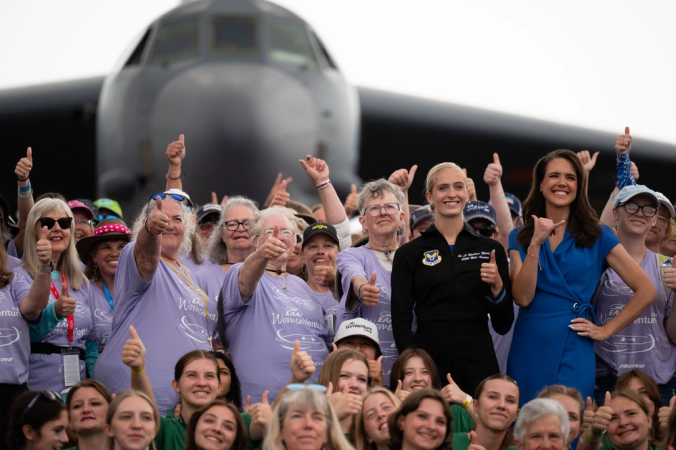
Marsh emphasized she is not the first woman to spread that message: thousands of others live it every day. But Miss America is a high-profile position, and Marsh spread the message wide: she visited 29 cities, conducted 51 media interviews, and performed 41 speaking engagements in front of hundreds of thousands of people. She drove the pace car at the Daytona 500, threw the opening pitch at a Mets game, and appeared on Good Morning America.
Did it work? Marsh found out at parents’ weekend at her alma mater, the U.S. Air Force Academy, where a freshman shared a personal story.
“She said that she was really on the fence about accepting her appointment to the Air Force Academy,” Marsh recalled. “But when she saw that I won Miss America, she realized she didn’t have to give up who she was to join, and so that was her deciding moment to go through with it.”
Elsewhere, Marsh met a noncommissioned officer who decided to reenlist after speaking with her. Young women in Delaware told Marsh that, before meeting her, they didn’t know women could wear makeup and had to act “more like men” while in uniform, according to a press release. Marsh also saw elementary school children draw two images not often seen together.
“Kids aren’t just drawing me with the Miss America crown and the sash or heels,” she said. “These little kids are drawing me with planes and the Air Force logo and a bald eagle and the American flag.”
Sitting on Marsh’s desk is a double-image an eighth-grader from Colorado painted of her: from one angle she’s in her crown and sash, while from the other she’s in her uniform.
“Even though to a lot of people, those seem like very different things, at the end of the day, no matter if I’m wearing the uniform or the crown and sash, I’m still me,” Marsh said.

A Full Plate
A big part of being 2nd Lt. Marsh is living a life of service. Marsh was just 17 when her mother passed away from pancreatic cancer. The next year, she co-founded the Whitney Marsh Foundation, which has raised over $250,000 for cancer research so far. Soon after that, Marsh turned to pageantry to help get her through Doolie year at the academy.
“I was struggling—being removed from my family, grieving my mom, and now I’m in a really tough military environment,” she said in a January press release. “I decided to take a stab at pageants to see all the different ways that it could help me.”
Marsh recognized community service, leadership, and public speaking as overlapping values in both the Air Force and pageantry. In her senior year, Marsh was crowned Miss Academy 2023, then Miss Colorado 2023, and then the newly commissioned physics major pinned a new gold bar to go with her crown and sash.
The original plan was to someday become an astronaut. Marsh earned a pilot’s license at age 17 and received a billet for pilot training after graduating from the Academy. But she deferred pilot training for a two-year master’s degree in public policy at Harvard Kennedy School through the Air Force Institute of Technology’s Civilian Institution Programs. She also started an internship researching early pancreatic cancer detection at the Dana-Farber Cancer Institute, so that her policy studies are informed by science and vice versa.
Marsh put those studies on hold after winning Miss America. Pentagon officials, the top public affairs leaders in the Air Force, and Marsh’s commanders at AFIT-CI came together to hammer out Marsh’s current public affairs/recruiting role.
“Basically, anytime I go and do Miss America events, I’m also giving back to the Air Force to ensure people know about the message of what it means to serve as 2nd Lt. Marsh,” she said in the January release.

Meanwhile, Marsh still meets with cancer patients and oncologists, and she went to Capitol Hill earlier this fall to advocate with the Pancreatic Cancer Action Network. Pancreatic cancer is difficult to detect early, which lends to its high mortality rate, and pancreatic cancer research funding lags behind that of other forms of cancer.
Marsh said her cancer advocacy work goes hand-in-hand with serving as the public face of the Air Force, particularly when talking about leadership.
“When I’m in uniform, I can’t go about soliciting funds for my foundation, but I can still talk about my mom’s story. My leadership and the way I live my life is mostly because of the experiences that I’ve had from losing my mom,” Marsh said. “And then when I’m at Miss America events, even if I’m talking about my nonprofit, I’m still talking about the amazing leaders I’ve experienced in the Air Force.”
Marsh’s tenure ends when the next Miss America is crowned Jan. 5, a moment she predicts will be bittersweet.
“I’m really excited to go back to school, serving the Air Force, to do all of these fun and interesting things that I’m passionate about for the rest of my life,” she said. “But I know that I got to meet so many wonderful people this year … I’m always going to remember that.”
For now, Marsh will finish her Harvard degree, where she wants to focus on crafting health care and research policy for underserved communities, such as her home state of Arkansas. What’s next for Marsh’s Air Force career is up in the air, but she’s confident she’ll find a rewarding post.
“Above all else, if I’ve learned anything from this year, it’s that your service isn’t attached to what you wear,” Marsh said. “It’s all about what you do and who you are.”
